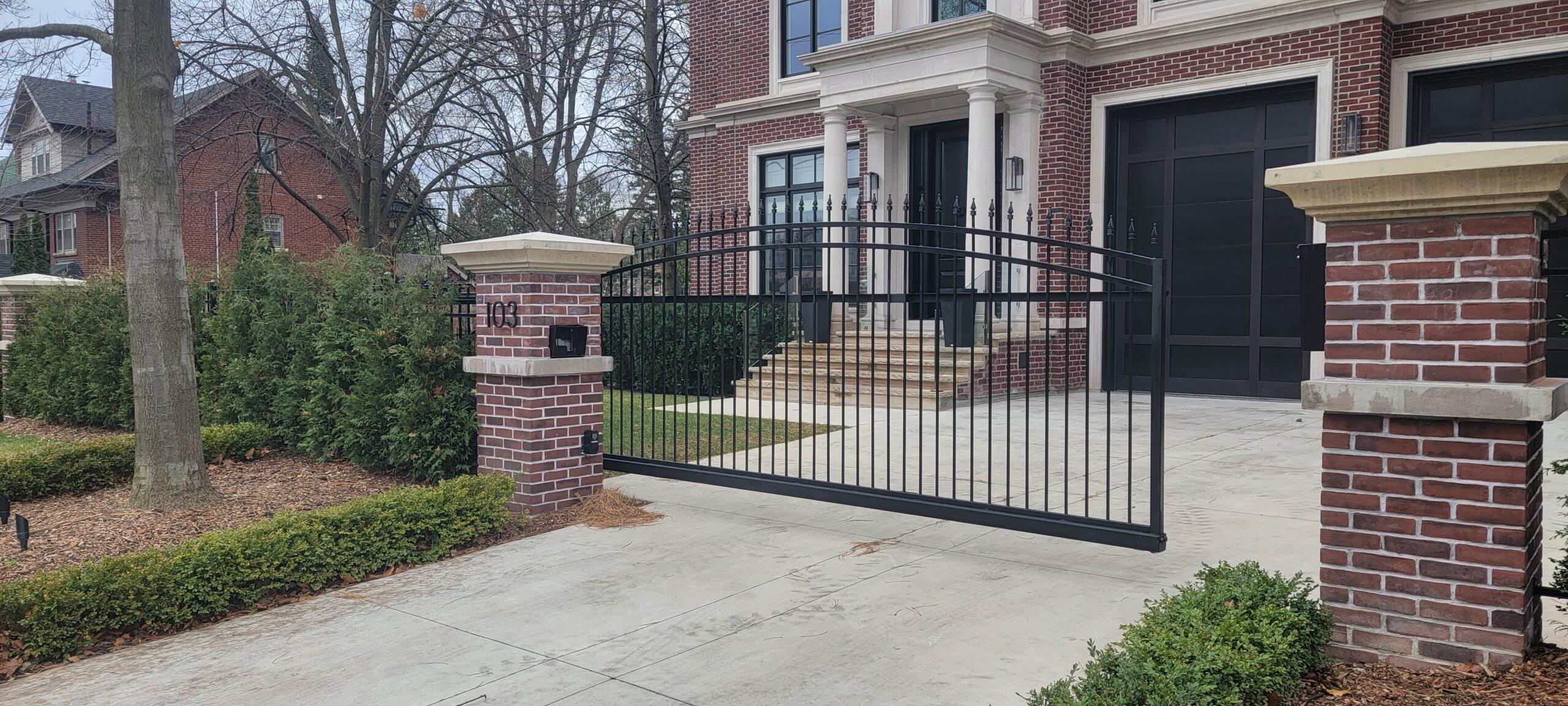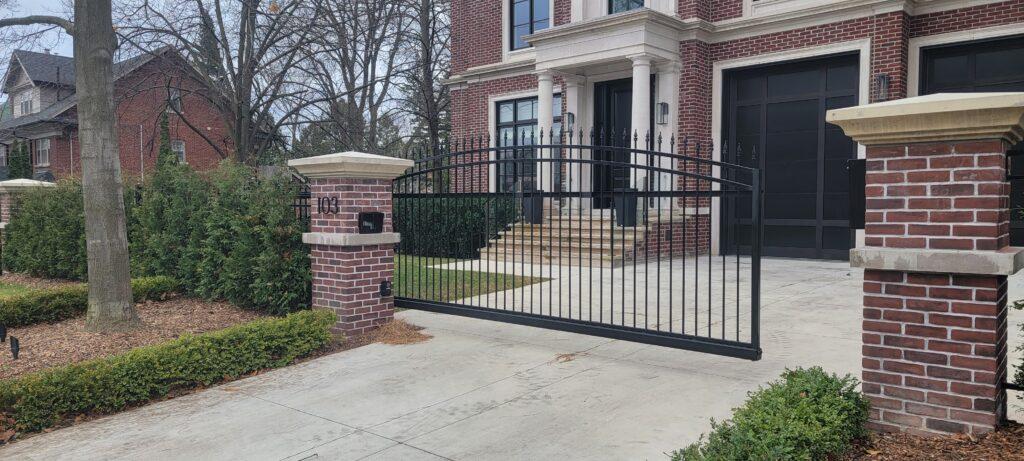Last Updated on September 2, 2025 by chanuka chanuka.23e2
Published: August 02, 2025

Automated gates have come a long way from simple keypads and remotes. Today, more homeowners and property managers are integrating license plate recognition (LPR) into their gate systems to streamline access, enhance security, and reduce manual entry management.
But how does it work—and is it right for your property?
In this post, we’ll explain how LPR gate systems function, where they’re most effective, and the advantages they offer over traditional gate access methods.
What Is License Plate Recognition (LPR)?
License Plate Recognition is a smart gate access technology that uses a camera system to scan and read vehicle license plates. When an approved plate is detected, the system automatically opens the gate—no remote, keypad, or badge required.
LPR systems use infrared cameras and character recognition software to process and verify plates against a stored list in real-time.
How It Works
- Approach: A vehicle drives up to the gate entrance.
- Scan: The LPR camera captures the front or rear license plate.
- Match: The system checks the plate against an approved access list.
- Access: If matched, the gate opens automatically. If not, the gate remains closed or triggers an alert.
- Log: Every event is logged—entry, time, date, and vehicle ID.
Some systems also allow for two-way intercom communication or video backup for manual override.
Benefits of Adding LPR to Your Gate
- Hands-Free Access
No need for remotes, keypads, or access cards—gates open automatically for registered vehicles. - Increased Security
Access is vehicle-specific. Unauthorized vehicles, even with borrowed remotes or shared codes, are denied. - Full Entry Logs
Every entry and exit is recorded, providing a clear access history for added accountability. - Faster Entry Flow
Especially in gated communities, apartments, or commercial lots, LPR speeds up traffic without bottlenecks. - Ideal for High-Use Gates
Perfect for locations with frequent vehicle access: delivery drivers, contractors, staff, or multiple tenants.
Where LPR Works Best
- Gated residential communities
- Multi-unit housing (apartments, condos)
- Commercial or industrial facilities
- Large residential properties with frequent visitors
- Rural or off-grid properties with solar-powered systems
LPR is especially useful where multiple vehicles need to enter without the owner being present to grant access.
Integration with Your Existing Gate
Most LPR systems can be integrated into:
- Sliding or swing gates
- New or existing automation systems
- Smartphone-based access control
- Security camera systems for added surveillance
LPR can function as the primary method of access, or be used alongside other controls such as remotes, intercoms, or smartphone apps.
Things to Consider
- Lighting and angle: Proper placement and lighting are essential for accurate scanning, especially at night.
- Maintenance: The camera lens should be kept clean, and the system periodically updated for plate recognition accuracy.
Privacy: While access logs are helpful, property owners should be aware of data handling policies and ensure compliance with local regulations.
Final Thoughts
Adding license plate recognition to your gate system is a smart upgrade for anyone looking to simplify access without compromising security. It reduces gate wear, speeds up entry, and adds an extra layer of vehicle-based verification to your property.
Whether you’re managing a gated community, a commercial lot, or your own private driveway, LPR technology brings smart automation and peace of mind to your gate system.

 Chat
Chat 








